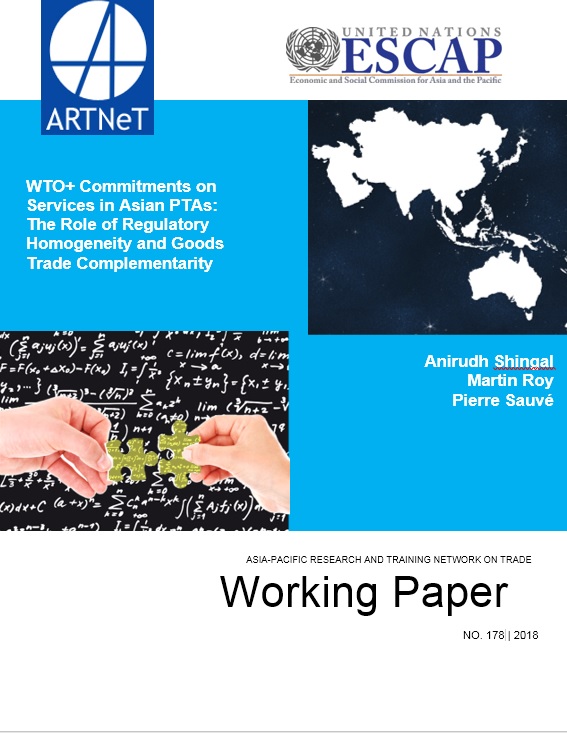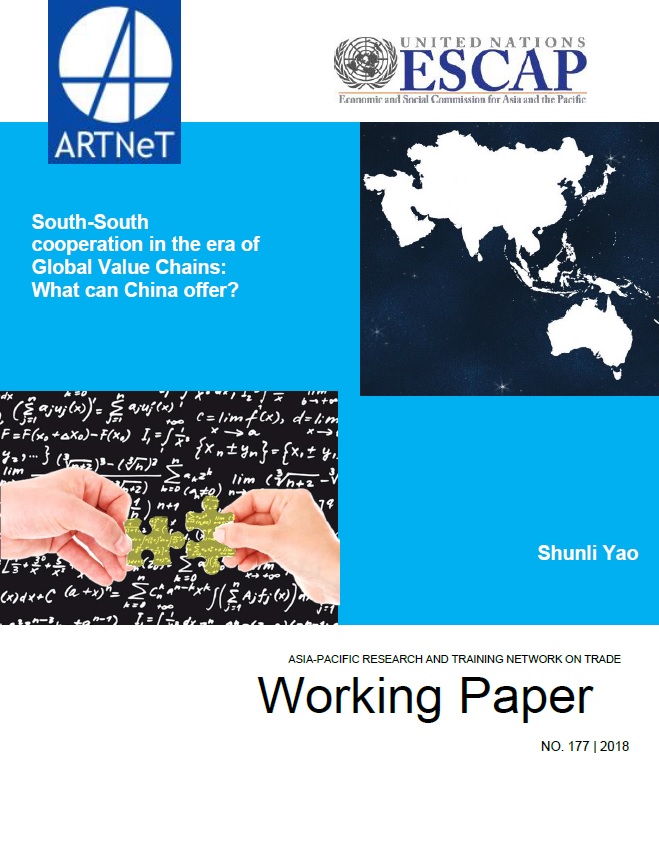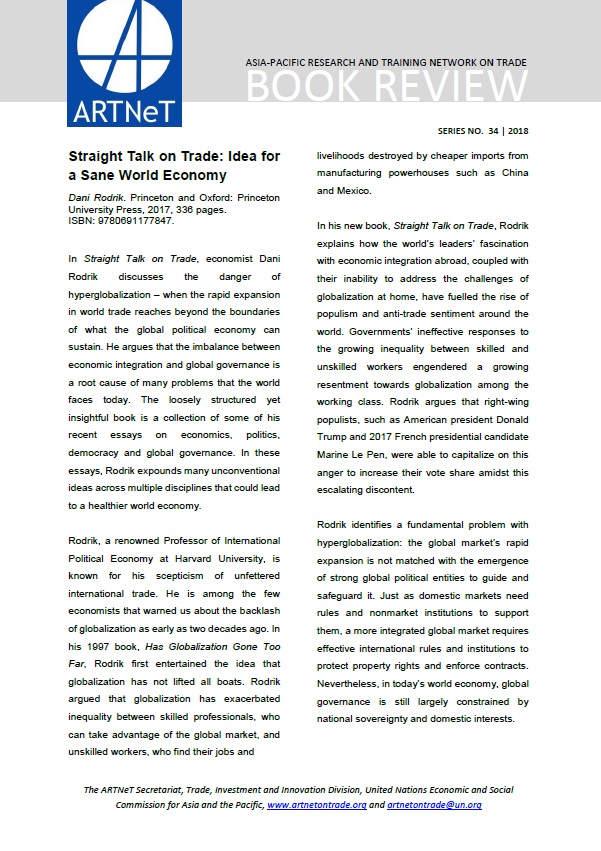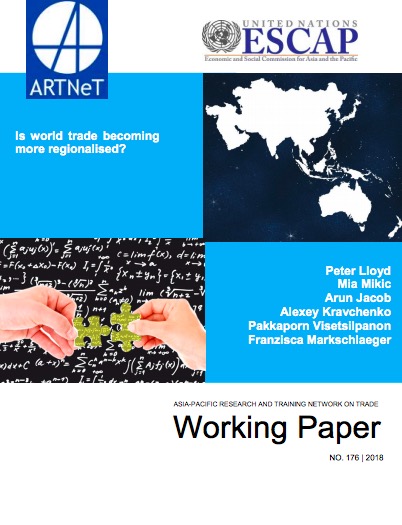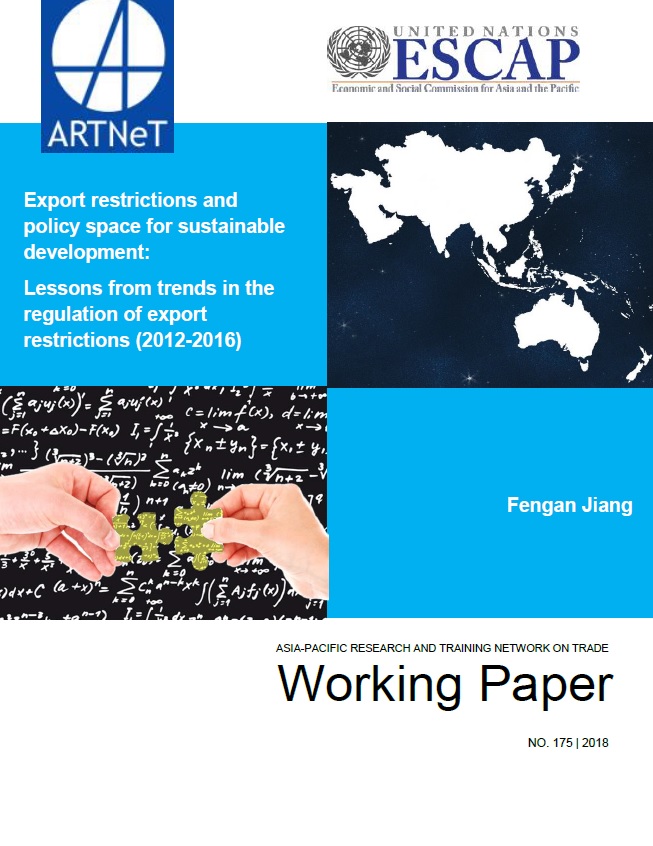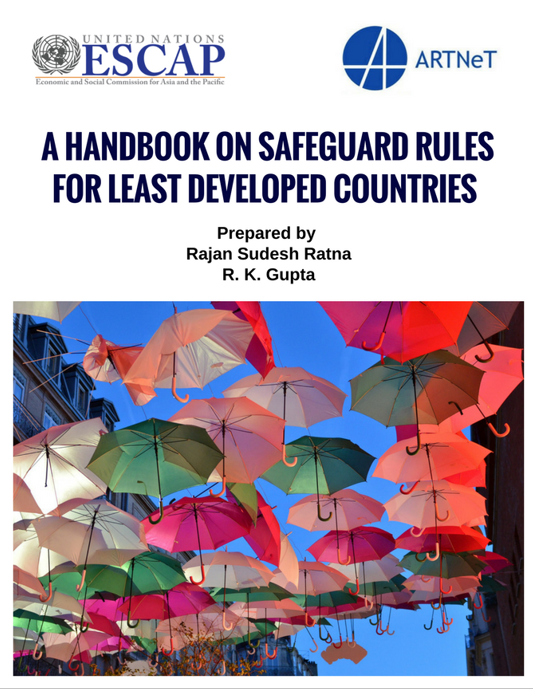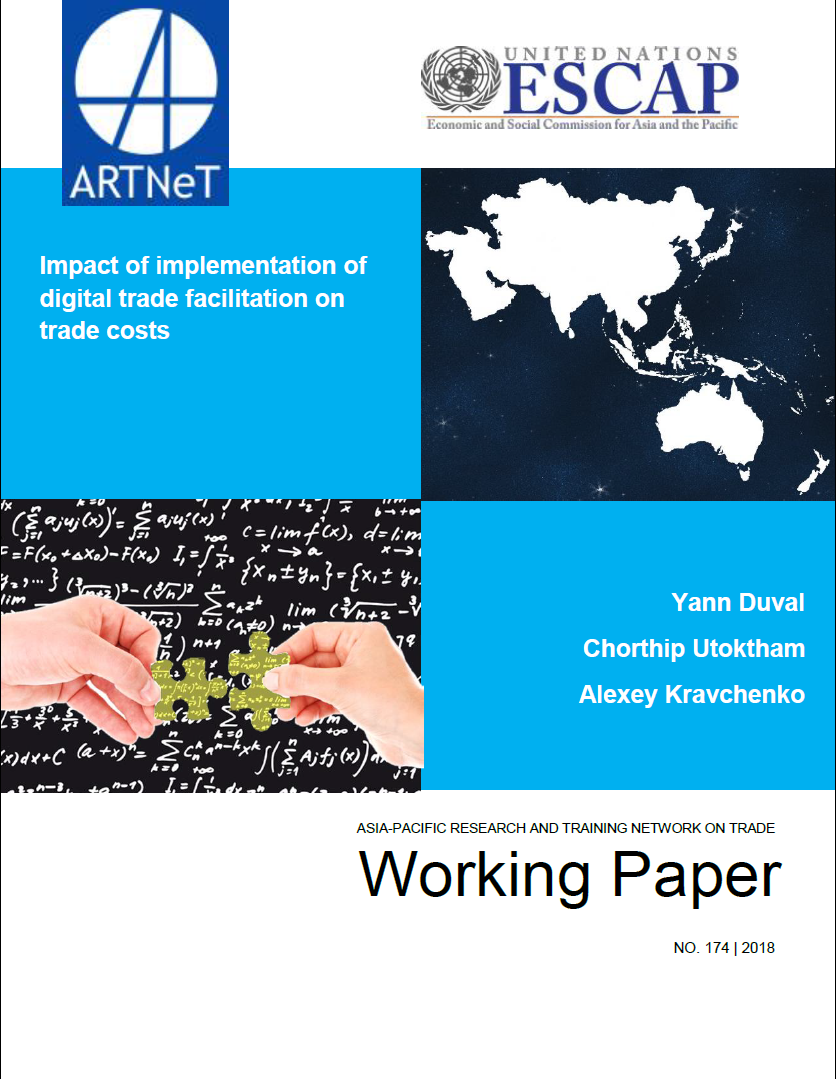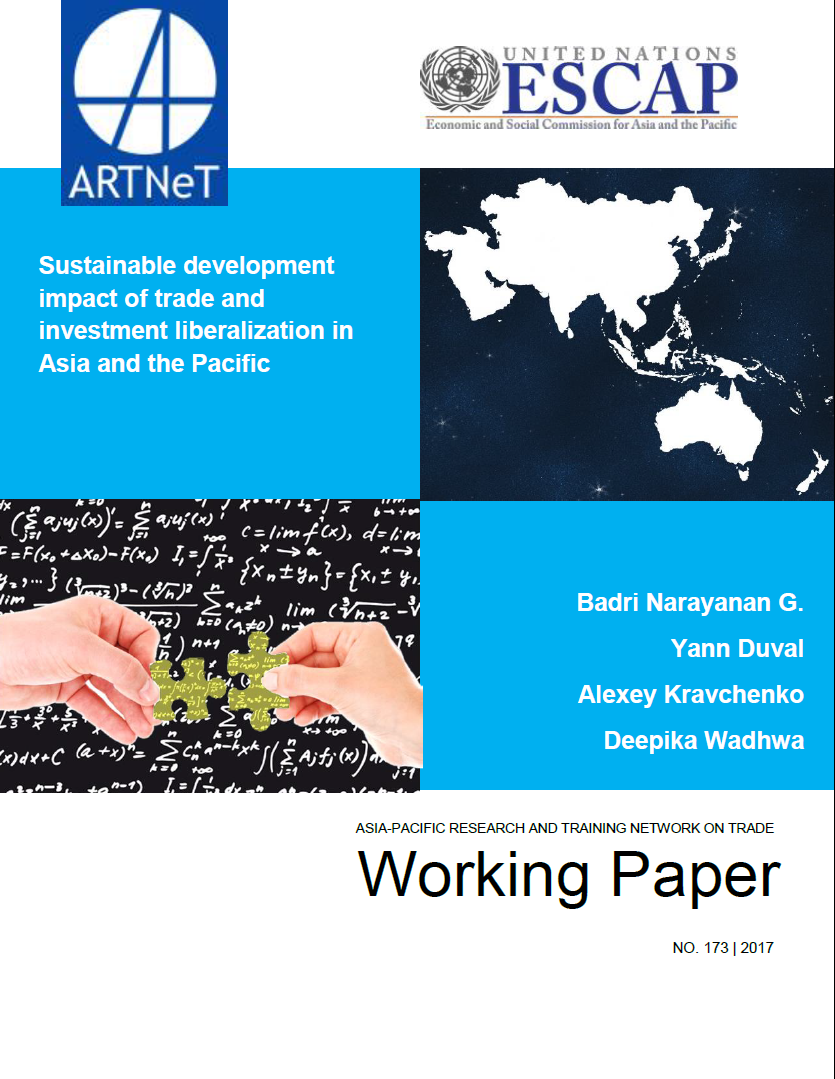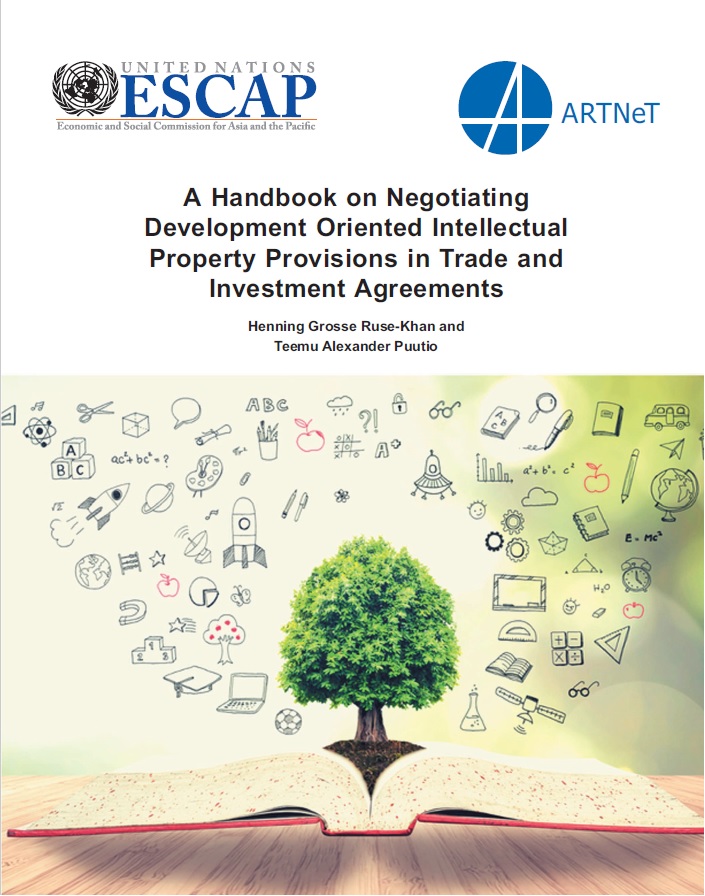WTO+ Commitments on Services in Asian PTAs: The Role of Regulatory Homogeneity and Goods Trade Complementarity
This paper looks at the role of applied services regulations in accounting for WTO+ commitments on trade in services in preferential trade agreements (PTAs) among Asian economies. The empirical findings suggest that Asian trading dyads with regulatory frameworks that are more similar and more trade-restrictive tend to undertake higher levels of WTO+ commitments on services in their PTAs. There is also evidence in the results for such WTO+ commitments being driven by goods trade complementarities, alluding to the importance of supply chain dynamics in the region. Such results support the hypothesis that the heightened “servicification” of production generates a greater demand for lower services input costs and for certainty against possible new and disruptive services barriers.

